Jalppajin Memil - Seochon Branch (잘빠진메밀 서촌)
12.7Km 2021-03-18
41-1, Jahamun-ro, Jongno-gu, Seoul, Korea
+82-70-4142-1214
This is a Korean cuisine located in Jongno-gu, Seoul. A restaurant that uses noodles made with 100% buckwheat directly by the chef. The best menu at this restaurant is dumpling hot pot.
Hyojababe (효자바베)
12.7Km 2021-03-22
42, Jahamun-ro, 1-gil, Jongno-gu, Seoul
+82-70-8749-0019
A restaurant frequently featured in Korean delicious food programs. This BBQ restaurant is located in Jongno-gu, Seoul. The most famous menu is grilled Korean beef.
Village musée de la porte Donuimun (돈의문박물관마을)
12.7Km 2024-07-26
14-3, Songwol-gil, Jongno-gu, Séoul
Le village musée de la porte Donuimun est un village historique et culturel situé au cœur de la ville. Ce lieu, né de la régénération urbaine de Séoul, possède une grande valeur historique en tant que premier quartier que l'on trouve en entrant dans la vieille ville de Séoul par la porte ouest des murailles Hanyangdoseong. C'est un témoin de la vie et des souvenirs de Séoul.
Ce village, ainsi que le quartier voisin de Gyonam-dong de l'arrondissement de Jongno-gu, a été sélectionné comme zone de la « Donuimun New Town » en 2003. Il était prévu de démolir tous les bâtiments existants dans cette zone et de créer un parc. Cependant, en tant que premier quartier à l'intérieur de la porte ouest des murailles Hanyangdoseong, la ville a voulu promouvoir la valeur historique du quartier de Saemunan et préserver le site tel un village musée. Ainsi, la ville de Séoul a émis le souhait plus global de créer un site historique et culturel important pour ses habitants. Dans ce cadre, les bâtiments du village ont été rénovés en conservant leur apparence originale alors qu'une grande cour a été créée à la place de plusieurs maisons. Les bâtiments modernes et contemporains, les hanoks urbains et les ruelles centenaires sont restés dans leur état initial aux mêmes endroits afin de devenir un nouveau lieu culturel où de nombreux visiteurs peuvent désormais se rendre.
Actuellement, le village musée de la porte Donuimun accueille les visiteurs après avoir été rénové sous le thème des « 100 ans de Séoul, terrain de jeux pour un voyage dans le temps ». Les 40 bâtiments existants ont été laissés tels quels alors qu'un espace « participatif » a été créé où des expositions, des programmes d'activités, des spectacles et des marchés se tiennent tout au long de l'année afin de nourrir l'identité de « village musée vivant » qui était l'objectif principal de la création de ce village.
Seochon Guest House [Korea Quality] / 서촌 게스트하우스 [한국관광 품질인증]
12.7Km 2023-04-07
28-3, Jahamun-ro 7-gil, Jongno-gu, Seoul
+82-010-3345-9680
Seochon Guest House is located in Seochon, which is becoming a hot place for tourists in Seoul, and precisely on the road to Suseong Valley, whichis filled with interesting stores and is also well-known for Park Nosoo Art Gallery and the House of Yun Dong-ju (poet). Seochon Guest House is nicknamed ‘Jaeminangol (interesting village)’ after Baekseok’s poem ‘Yeowunangol’, with the aim of providing a visit full of interesting experiences. Passing through a garden and entering the main building, the unique charm of this hanok building, the staircase to get to the first floor from daecheong (main floored room), catches the eye of the visitors. In addition, the building is decorated with various stylish objects including paintings and Korean musical instruments. The terrace situated on the first floor offers an open view of the surrounding area including roof tiles of hanok structures and alleyways in Seochon. It is said that Korean novelist Yoon Hu-myeong also appreciated the structure of the guesthouse, saying, “It is an interesting place.” Built in the 1930s, the house, which has many storage places, was taken by the owner couple in spring 2014 as they were attracted by the house during their trip to Seochon. After the repair work, the ground floor of the house was opened for guests from January 2016, hoping that guests could share their daily experiences and stories with each other. The guestrooms and the main floored room on the ground floor are open to guests, with the exception of the first floor, which is used by the owner couple. The living room is equipped with books, a curved TV, and a table. The tasty meal, which is served in the kitchen, consists of rice and soup with six side dishes and is much loved by guests. The guesthouse offers a total of four rooms – Jae Room, which is the most Korean-style room; Mi Room, which has a combined style of a Korean-style room and Western-style room; Nan Room, which is an ideal room for meditation with a beautiful paper window; and Ahn Room, which is equipped with a veranda and a pretty flowerbed. Every room has its separate charm with various comfortable bedding to provide a quiet and cozy bedroom for guests in the middle of the city. Furthermore, the guesthouse holds a pansori (epic chant) performance twice a year. The owner started learning how to sing pansori to promote the Korean culture and tradition to foreigners. When a pansori performance is held, the owner offers traditional Korean snacks and drinks including sikhye (sweet rice punch), sujeonggwa (cinnamon punch), traditional sweets and cookies, and tteok (rice cakes) to visitors, tourists, and performers. Moreover, it provides cultural programs such as a Gukak (Korean classical music) experience, Korean traditional clothes experience, and making Korean food experience, as well as other activities with guests, such as trip to the city wall between Inwangsan Mountain and Bugaksan Mountain, and the Royal Palace Tour to Gyeongbokgung Palace, etc., as well as a trip to a traditional market.
Ca'del Lupo (까델루뽀)
12.7Km 2020-04-27
5-5, Jahamun-ro 16-gil, Jongno-gu, Seoul
+82-2-734-5233
Ca'del Lupo is an Italian restaurant, closely located to Paris Baguette in Hyoja-dong, Jongno-gu near Gyeongbokgung Palace Station. Though the restaurnat masters delicious homemade Italian cuisine on the inside, the exterior is wholly Korean. This unique combination of Hanok (traditional Korean house) style housing and Western foods is drawing a lot of people to Hyoja-dong. The great mix of both cultures can be seen in the sophisticated decorations and from the amazing food. The herbs they use are picked directly from the restaurant's personal garden. But to enjoy the atmosphere here, you will have to make a reservation far in advance.
Podam (포담)
12.7Km 2021-03-22
11, Jahamun-ro, 9-gil, Jongno-gu, Seoul
+82-2-733-0831
A store featured in Korean gourmet programs. This Chinese (cuisine) restaurant is located in Jongno-gu, Seoul. The most famous menu is dim sum.
Haeunjae [Korea Quality] / 하은재 [한국관광 품질인증/Korea Quality]
12.8Km 2024-12-27
68-10, Jahamun-ro, Jongno-gu, Seoul
Haeunjae (下隱齋), meaning “hermit’s residence,” is a hanok (traditional Korean house) residence located in Seochon Hanok Village, near Gyeongbokgung Station on Seoul Subway Line 3. It is dedicated to the ideal of “movies and rest,” and takes after the characteristic form of modern hanok with a small courtyard. The entire house is rented out at once, with a queen bedroom, kitchen, movie room, and two restrooms. Up to 4 guests can reserve the house, with each additional guest above the standard of 2 having access to additional bedding.
The movie room is furnished with a Bose sound system, beam projector, and screen, along with a mobile foot bath. The kitchen is equipped with a refrigerator, hand drip coffee maker, toaster, electric kettle, and utensils. A 10% discount is available for guests staying for more than 2 nights on weekdays, and towel replacement and cleaning services are offered for guests staying for more than 3 nights.
The residence is located close to tourist sites like Tongin Market, Gyeongbokgung and Changdeokgung Palaces, and Samcheong-dong area.
Cathédrale Yakhyeon de Séoul (서울 약현성당)
12.8Km 2020-03-26
447-1, Cheongpa-ro, Jung-gu, Seoul
+82-2-362-1891
La cathédrale Yakhyeon et une petite cathédrale de 396m², 32m de longueur et 12m de largeur.
Ce bâtiment a été construit en 1886 lors du gouvernement de Gojong comme lieu d'offide de la cathédrale de Myeongdon après que la liberté de religion a été légitime.
Le père Doucet qui été la cure de la cathédrale de Myeongdong a muni le terrain et l'archidiacre pére Coste s'est occupé de la construction. Enfin la cathédrale est construite en tant que la cathédrale Yakhyeon en 1892.
Le site où la cathédrale a été construite était normalement un lieu où l'on cultivait des herbes médicinale(yakcho en coréen) et s'appeleait 'Yakjeonhyeon'.
En l'abrégeant nous l'appelions 'Yakhyeon' et la cathédrale a également eu se nom.
La cahtédrale Yakhyeon est la première cathédrale de la Corée bâtit sous une forme occidentale.
De plus, la cathédrale contient des éléments gothique mais a plutôt un style roman en général avec son toit rond et ses fenêtres étroites.
* Surface - 1,309㎡
Palais Gyeonghuigung (경희궁)
12.8Km 2021-07-21
55, Saemunan-ro, Jongno-gu, Seoul-si
+82-2-724-0274
A la fin de la période Joseon, Gyeonghuigung servait de palais secondaire pour le roi. Comme il se situe dans la partie ouest de Séoul, il
porte aussi le nom de 'Seogwol'. Le palais secondaire était le palais où le roi se déplaçait en cas d’urgence. De Injo à Cheoljong, environ dix rois de la dynastie Joseon sont restés à Gyeonghuigung. Ce palais qui a été construit en utilisant la géographie inclinée aux alentours de la montagne possède une beauté traditionnelle en
matière d'architecture et une grande signification historique. A une
certaine époque, sa réputation était telle qu'il y avait même un pont arqué le reliant au palais Deoksugung. Les bâtiments Sungjeongjeon et Jajeongjeon
sont pour l’audience royale du roi, tandis que les bâtiments Yungbokjeon et Hoesangjeonet
servaient à dormir. Au total, le palais comprenait 100 bâtiments.
Mais, lorsque le Japon envahit la Corée
en 1908, l’école Japonaise Gyeongseong s'est installée dans le palais, et une grande partie du palais a été nivelée ou déplacée. Actuellement, la porte d(entrée
de Gyeonghuigung, la Porte Heunghwamun est utilisée en tant que porte d’entrée principale de l’ hôtel Silla, et Sungjeongjeon est à l’Université Dongguk. L’école a déménagé dans un autre endroit tandis
que le Sungjeongjeon et quelques autres bâtiments ont été reconstruits.
Près du palais Gyeonghuigung se trouvent le Musée d’Histoire de Séoul, la rue Jeongdong, et la rue très active Jongno. Après avoir visité le palais Gyeonghuigung, vous pouvez traverser la rue Jeongdong et marcher jusqu’au palais Deoksugung. La rue avec un mur de pierres menant
au palais Deoksugung est considérée comme l'une des rues les plus élégantes de Séoul.
Hojil (호질)
12.8Km 2021-03-20
15, Jahamun-ro, 9-gil, Jongno-gu, Seoul
+82-2-764-6822
A good restaurant to visit before and after the tour, being located near Gyeongbokgung Palace, one of the tourist attractions. This restaurant's signature menu is spicy sea snail salad. This Korean dishes restaurant is located in Jongno-gu, Seoul.
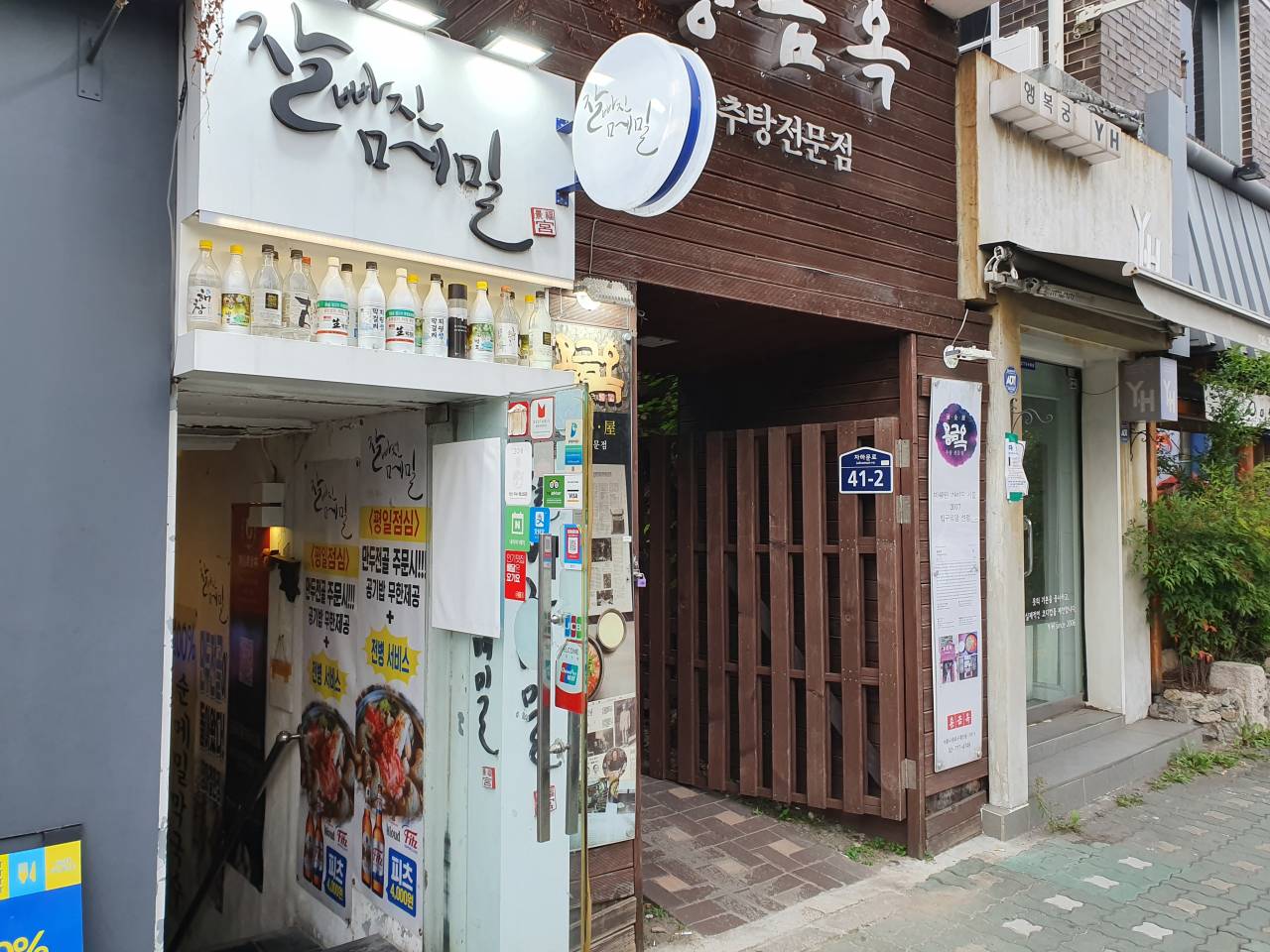
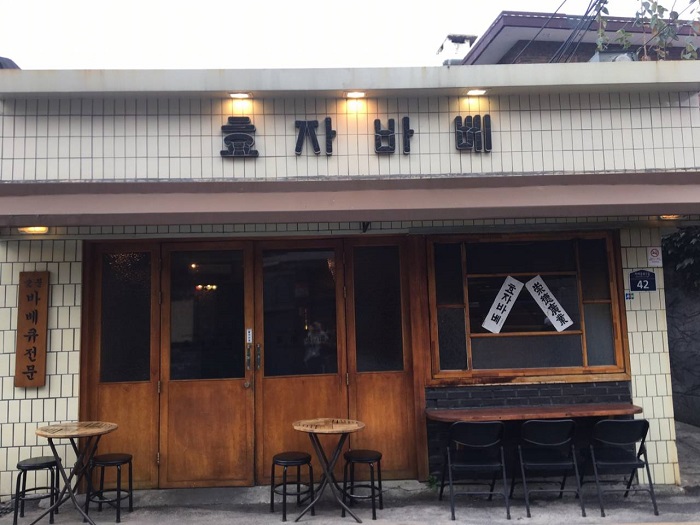
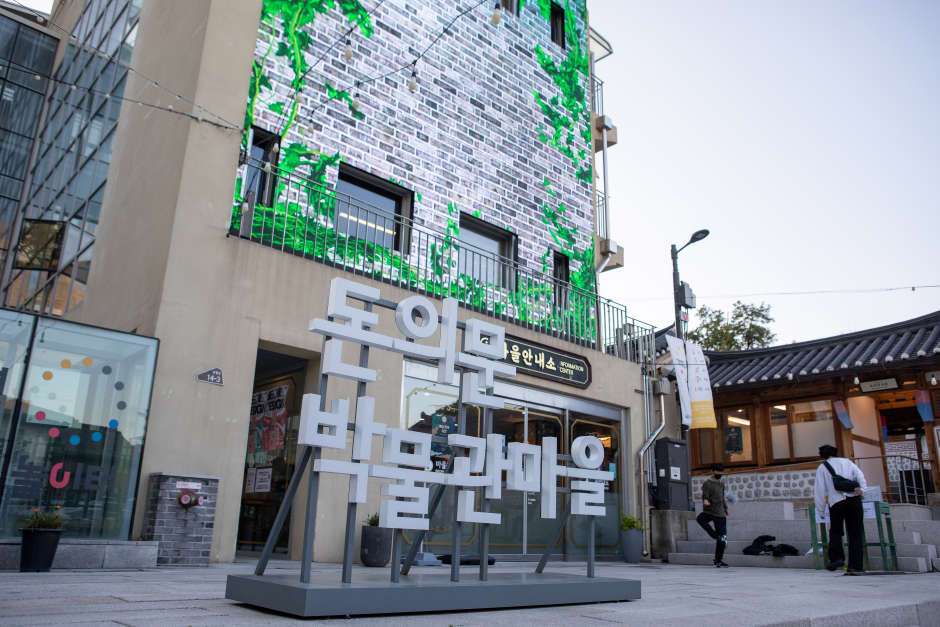
![Seochon Guest House [Korea Quality] / 서촌 게스트하우스 [한국관광 품질인증]](http://tong.visitkorea.or.kr/cms/resource/41/2447241_image2_1.jpg)
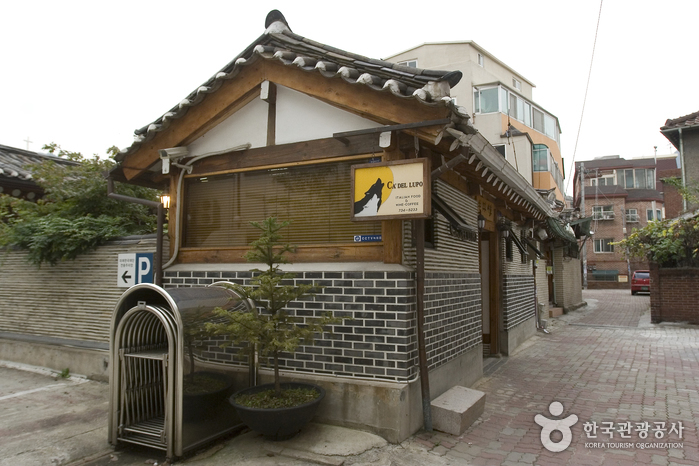
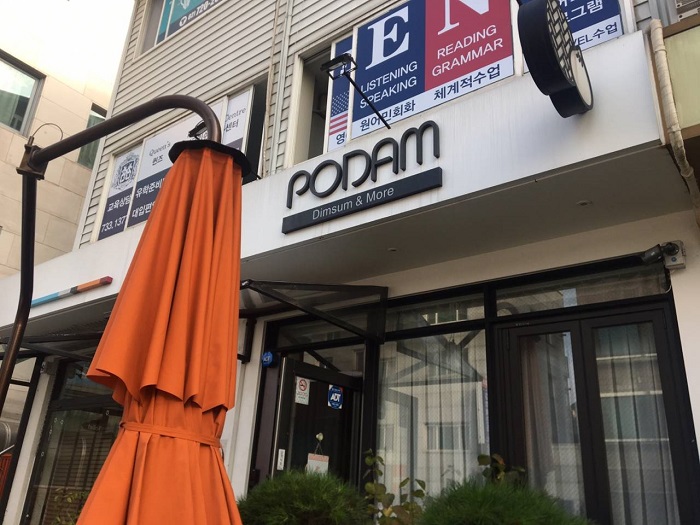
![Haeunjae [Korea Quality] / 하은재 [한국관광 품질인증/Korea Quality]](http://tong.visitkorea.or.kr/cms/resource/88/2707588_image2_1.jpg)
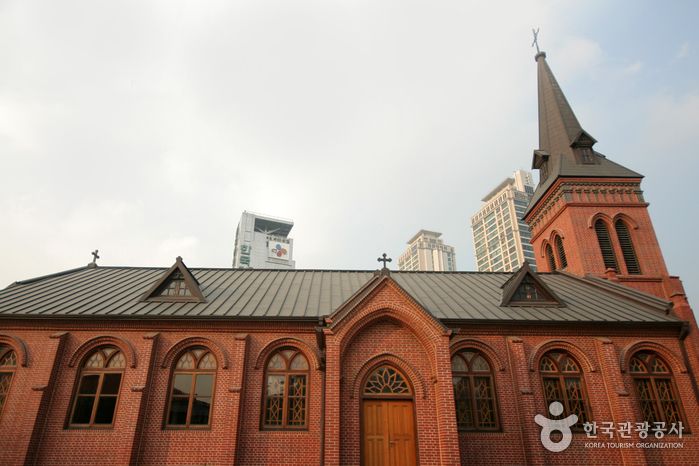
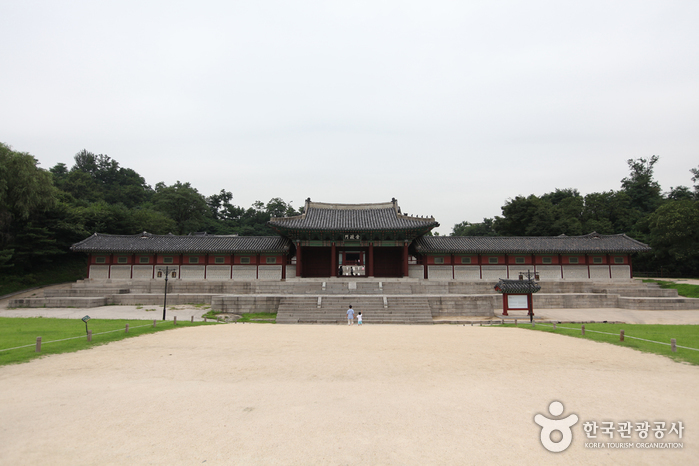
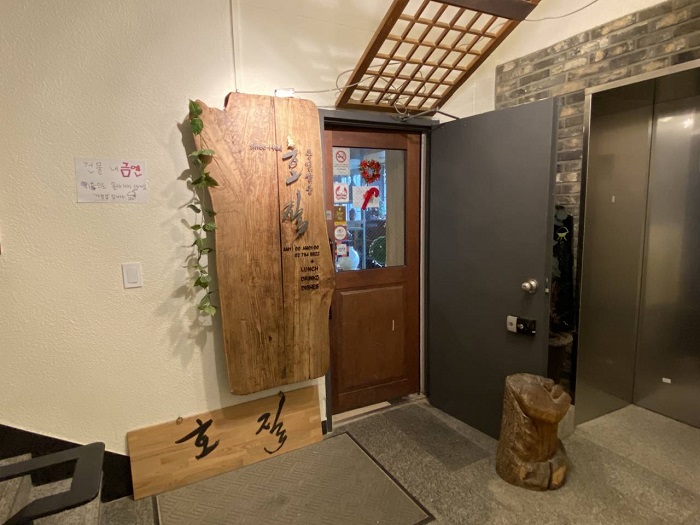
 Français
Français
 한국어
한국어 English
English 日本語
日本語 中文(简体)
中文(简体) Deutsch
Deutsch Español
Español Русский
Русский